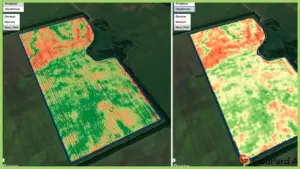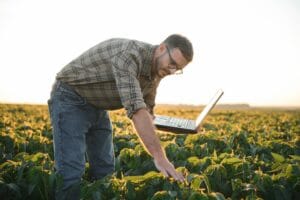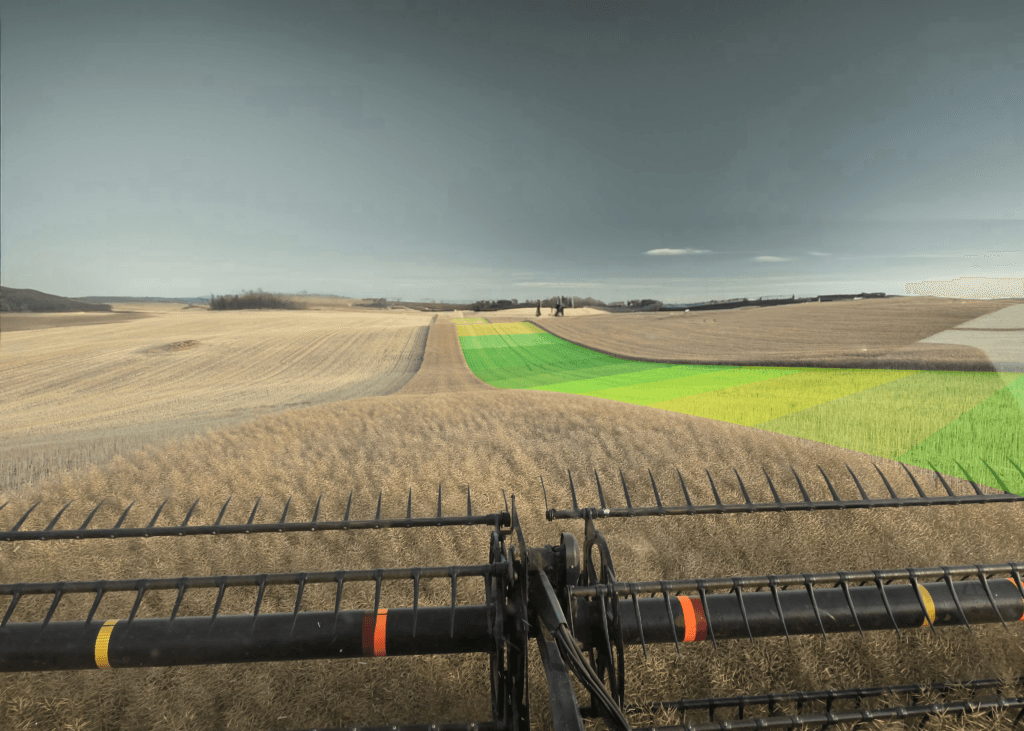In modern farming, success isn’t just about working harder—it’s about working smarter. Precision agronomy harnesses the power of data to optimise crop management, ensuring resources are used efficiently and yields are maximised. With advancements in ag tech, growers now have access to real-time insights that allow them to make informed decisions, improve sustainability, and increase profitability.
From soil testing to variable rate applications, precision agronomy offers a science-backed approach to nutrient management, pest control, and field variability. By integrating remote sensing, GPS-guided equipment, and predictive modelling, farmers can boost efficiency while reducing input costs and environmental impact.

Why one-size-fits-all doesn’t work!
No two paddocks are the same. Even within a single field, there can be significant variations in soil texture, organic matter content, moisture levels, and nutrient availability. These inconsistencies directly impact crop health and yield potential.
Precision agronomy focuses on identifying and managing these variations through soil sampling, remote sensing, and yield mapping. By understanding where the strengths and weaknesses are in each paddock, farmers can implement targeted interventions rather than relying on a blanket approach that may lead to inefficiencies or waste.
Key Strategies for Managing Field Variability:
- Soil Mapping & Analysis – Conducting grid or zone-based soil sampling to understand nutrient levels and structure.
- Remote Sensing & Drone Imagery – Using NDVI and multispectral imagery to detect problem areas.
- Variable Rate Application (VRA) – Applying fertiliser, seed, and chemicals at site-specific rates to optimise inputs and maximise yield.
By taking a zone-specific approach, farmers can improve resource efficiency, leading to better long-term soil health and more consistent yields.
Optimising inputs with precision data
Fertiliser and crop protection inputs are among the most significant costs in farming. When applied inefficiently, these inputs can either go to waste or, worse, lead to nutrient runoff and environmental degradation. Precision agronomy helps minimise waste by ensuring that inputs are applied only where they’re needed, at the right rate, and at the right time.
How Precision Agronomy Improves Input Efficiency:
- Nutrient Modelling – Data-driven fertiliser recommendations based on soil analysis and crop requirements.
- Variable Rate Spraying – Targeted herbicide and pesticide applications to reduce chemical use.
- Prescriptive Seeding – Adjusting planting density based on soil potential to maximise emergence rates.
Not only does this approach improve economic efficiency by reducing unnecessary input costs, but it also promotes environmental sustainability by preventing over-application and minimising runoff into waterways.
Leveraging Ag Tech for better decisions
Technology is transforming agriculture at an unprecedented pace. Tools like drones, GPS-guided equipment, AI-driven analytics, and IoT-enabled sensors are enabling real-time data collection and predictive modelling, allowing farmers to make proactive, rather than reactive, decisions.
The Role of Technology in Precision Agronomy:
- Drones & Satellite Imaging – Capturing high-resolution crop health data to detect early signs of stress or disease.
- IoT Soil Sensors – Monitoring moisture and nutrient levels in real-time for optimised irrigation and fertilisation.
- AI-Powered Decision Support – Analysing historical and real-time data to predict pest outbreaks, yield trends, and optimal harvest times.
By embracing these innovations, growers can improve efficiency, reduce labour demands, and maximise yield potential while maintaining better control over farm management.

The financial and environmental benefits of Precision Agronomy
Adopting precision agronomy isn’t just about yield gains—it’s also about long-term sustainability and profitability. By reducing input waste, improving soil health, and optimising water use, farmers can cut costs while maintaining high productivity.
Financial Advantages:
- Reduced fertiliser and chemical costs through targeted applications.
- Lower fuel and labour expenses by eliminating unnecessary field passes.
- Increased ROI by optimising crop performance in every zone of the paddock.
Environmental Advantages:
- Reduced nutrient runoff – Minimising fertiliser leaching into waterways.
- Lower carbon footprint – Fewer field passes mean lower fuel consumption and emissions.
- Soil conservation – Precision tillage and cover cropping help maintain long-term soil health.
When farmers take a data-driven approach, they not only enhance their bottom line but also contribute to a more sustainable future for agriculture.
Suggested Image: A split-screen visual showing two fields—one using traditional methods vs. one using precision agronomy, with a clear yield difference.
The Future of Farming is Data-Driven
Precision agronomy isn’t just a passing trend—it’s the future of agriculture. Growers who integrate data-driven decision-making, variable rate applications, and emerging ag technologies will be the ones leading the industry forward.
By leveraging real-time insights and advanced analytics, farmers can achieve:
✅ Higher yields with optimised crop management.
✅ Lower costs through efficient input use.
✅ Improved sustainability with responsible land stewardship.
If you’re ready to take your farm’s productivity to the next level, embracing precision agronomy is the next step.
